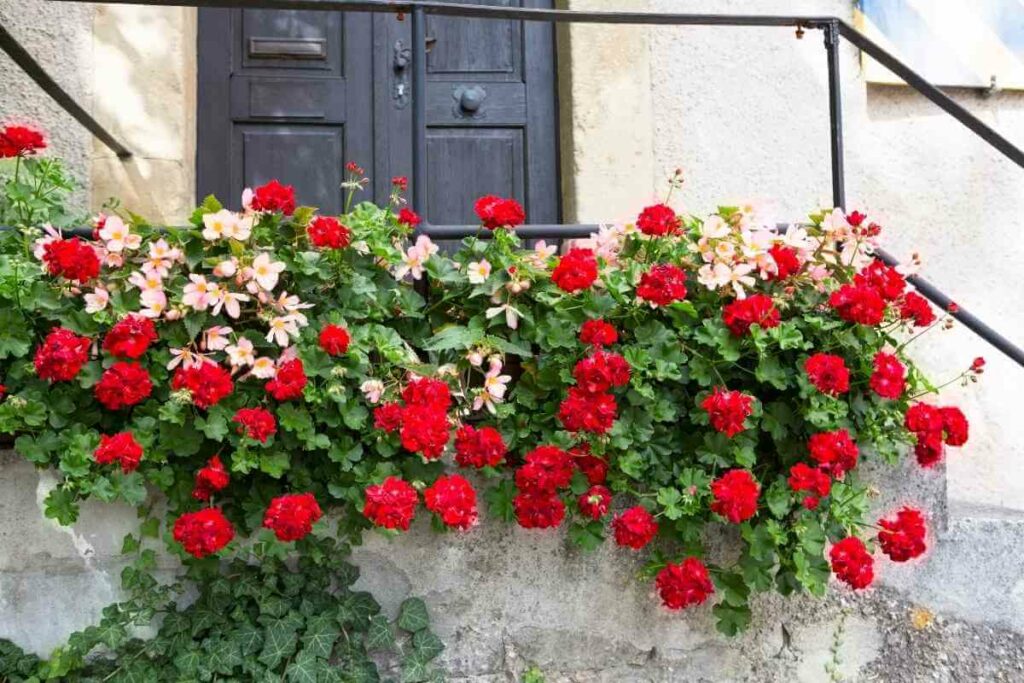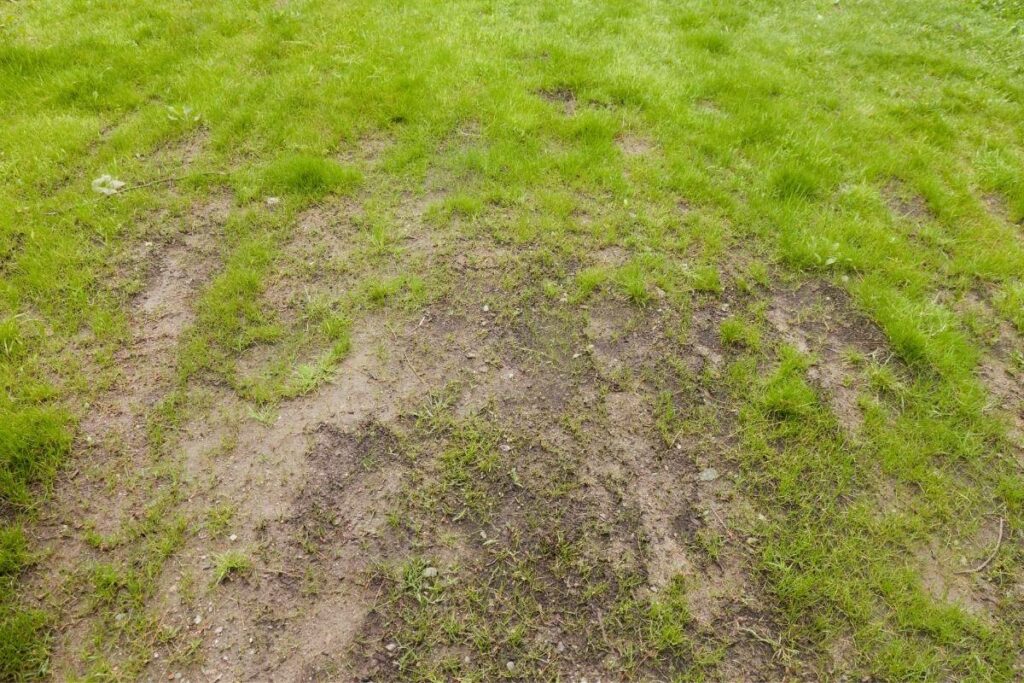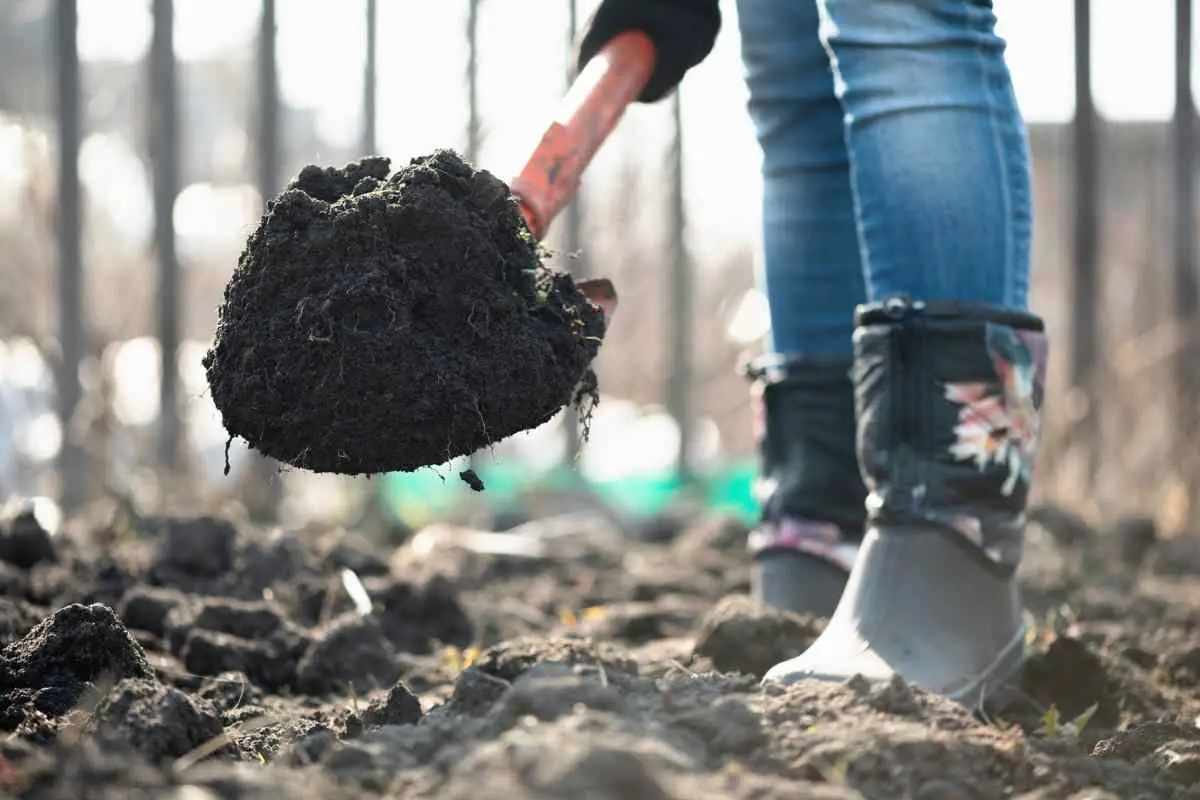Isn’t all dirt the same?
If that were the case, you could apply any type of soil to your grass and it would grow, but grass does have a preference.
Which is better for grass, topsoil or garden soil?
Topsoil is better for grass. There are no added nutrients or drainage substrates that can harm the growth of grass. Topsoil is also the better option for your wallet, so why pay more for something that won’t work as well.
Garden Soil
Garden soil is the generic term for pre-mixed soils.
As the name implies, garden soil is good for gardens.

Flowers, fruits, vegetables, and herbs need additional nutrients to grow fuller, stronger and produce fuller, brighter flowers and fruits.
These additional nutrients come from specialized blends where peat, perlite, and organic matter are added to topsoil.
Bags of garden soil are usually more expensive than bags of topsoil, and they aren’t a “one size fits all” for plants.
Each plant has different needs when it comes to water retention nutrients.
This means that in addition to spending more per bag, you will also need to buy different specialty mixes for your plants.
What Can You Use Garden Soil for?
Although garden soil isn’t a great choice for grass, it can do wonders for gardens.
That doesn’t just mean garden beds.
You can use garden soil in:
- hanging baskets
- potted plants
- raised planters
- and window boxes
Topsoil
Topsoil is the closest thing to “dirt” that you can find.
Topsoil is the top 12 inches of soil on your lawn.

Landscapers have a different idea of what topsoil is, and they consider it the top 12 inches of soil that has been gathered and screened to remove any stones, roots, twigs, or bugs.
Topsoil is great for grass and lawns.
There are no added nutrients or drainage materials, so the grass can easily grow in this type of soil.
There are, however, nutrients that appear naturally from decaying bugs, grass, leaves, and weeds.
The Right Topsoil
| Pros | Cons | |
|---|---|---|
| Clay | Retains moisture and nutrients. | Compacts easily resulting in drainage problems, no space for roots, suffocating plant roots, and is difficult to work with. |
| Sand | Plenty of space for root growth. Easy to work with. | Loses water and nutrients quickly and needs to be watered and fertilized more often. |
| Silt | Easy to work with. Holds water and nutrients. | Poor drainage and is easily eroded by wind and rain. |
The perfect soil composition is:
- 15% clay
- 35% silt
- and 50% sand
This soil has the right amount of water retention, stability, and insulation for the root system.
If you have too much clay in your topsoil, it can be prone to being compacted which means the roots from the grass won’t have space to grow, and the drainage is poor.
The opposite is too much sand. Sandy soil will drain water too quickly, taking nutrients along with it.
Soils with heavy silt content are similar to both clay and sandy soils. The particles are small and easy to work with, but when water is easily compacted and leads to drainage issues.
When silt is too dry, it can be blown away or washed away with a small breeze or a light rain.
How To Fix Grass?
If you weren’t already sold on using topsoil for your grass, it’s also sold cheaply in bulk so you can use it to level large lawns and keep it stored for when you need to fix some areas.

Fixing Grass? What could that possibly mean?
Have you ever noticed some areas of grass are sunk in? Or maybe some areas won’t grow any grass no matter what you try?
It’s time to fix your lawn, which means fixing your soil:
- Use a spade and cut around the perimeter of the space that needs fixing. Then slide your spade under the grass to separate it from the soil. You will end up with a piece that resembles sod.
- Carefully lift this piece and move it off to the side. If it’s too heavy to lift, slice it into manageable portions and place them off to the side.
- Then dump some topsoil in with the existing soil. Give it a good mix to combine everything. If you are fixing an area where the grass has sunk in, add topsoil until it piles up a few inches over where the rest of the lawn is.
- Step all over the soil to compress it back into shape. If you need more soil to level the area, repeat the steps.
- When the soil is level, add your sod pieces back on top and give the area a thorough watering.
Verdict
Topsoil is the number one choice when it comes to grass.
It doesn’t have anything added to it that could inhibit the growth of grass, and the naturally occurring nutrients promote grass growth.
Topsoil is your number one choice whether you need to level your entire lawn, while making sure you keep it sloping down away from your house, or even just to fill in small holes in your lawn.
